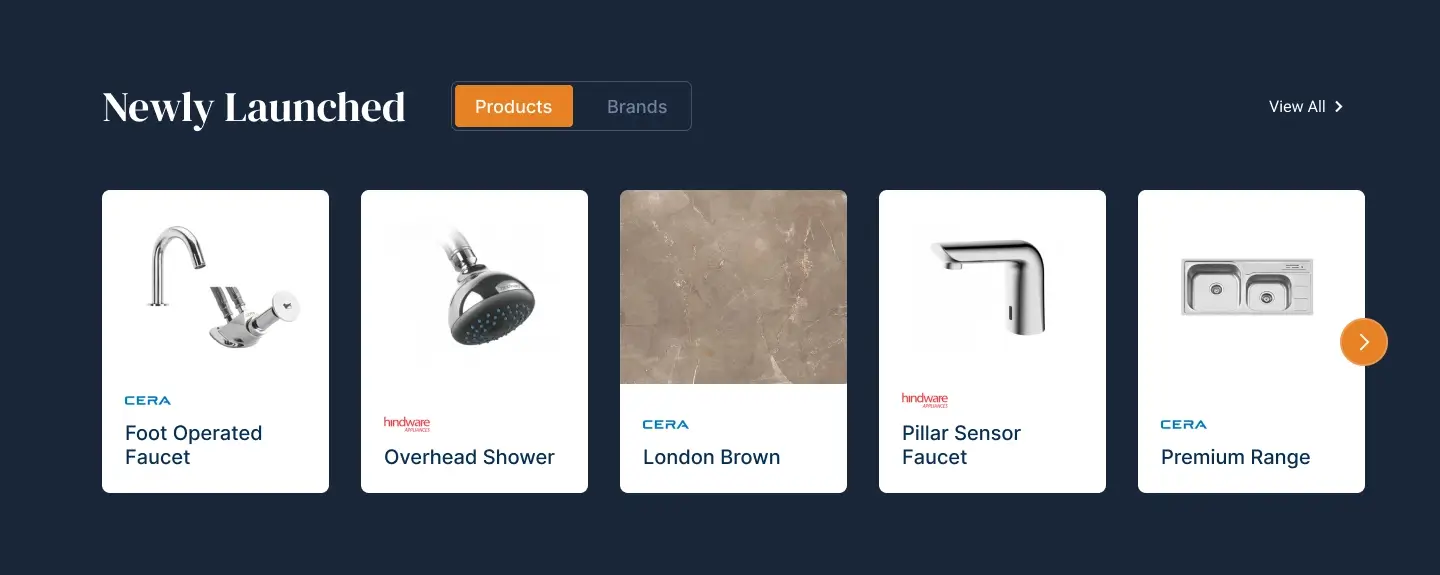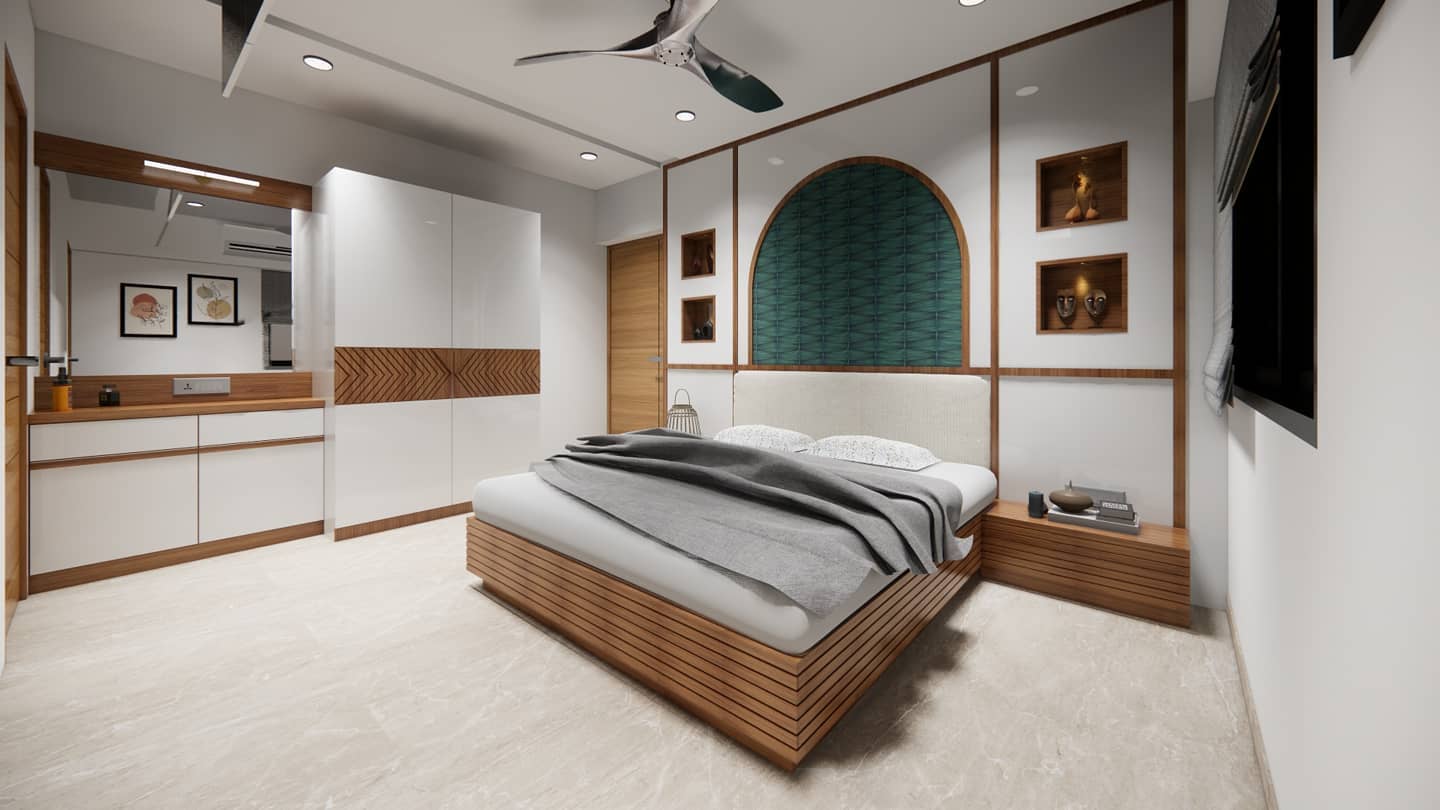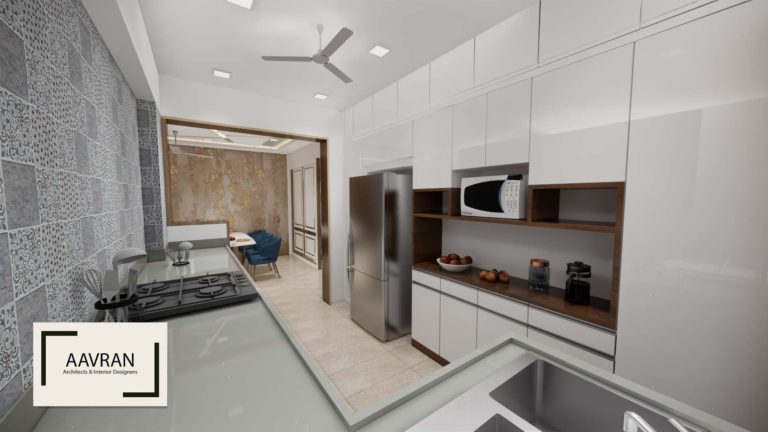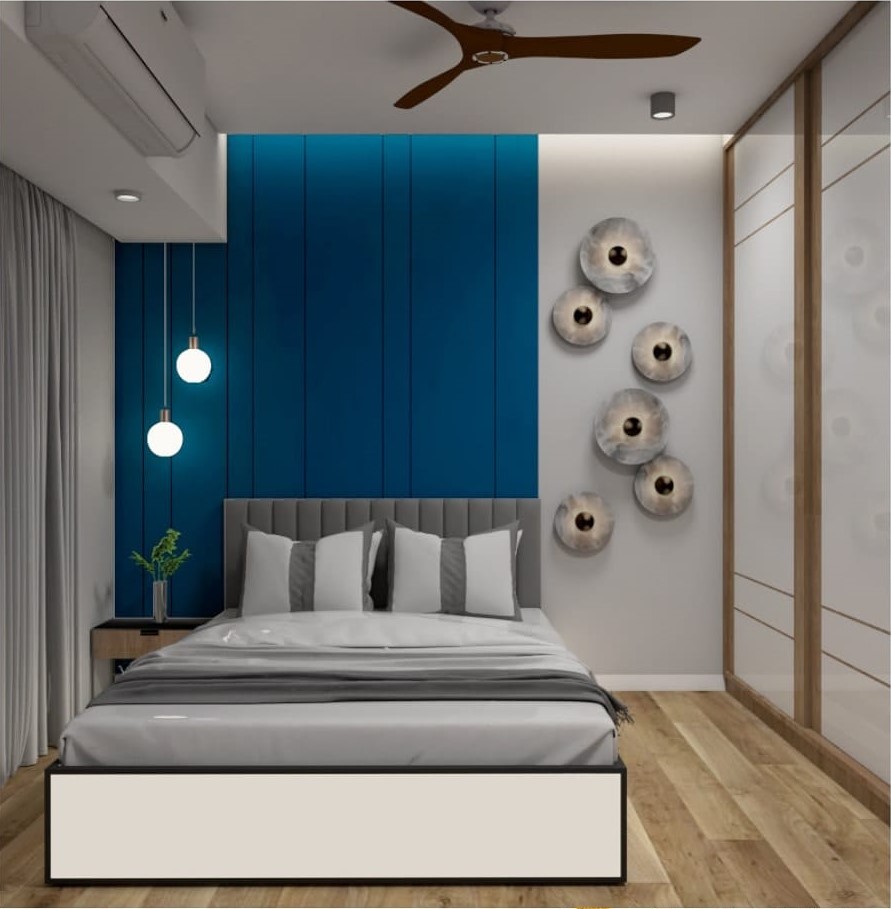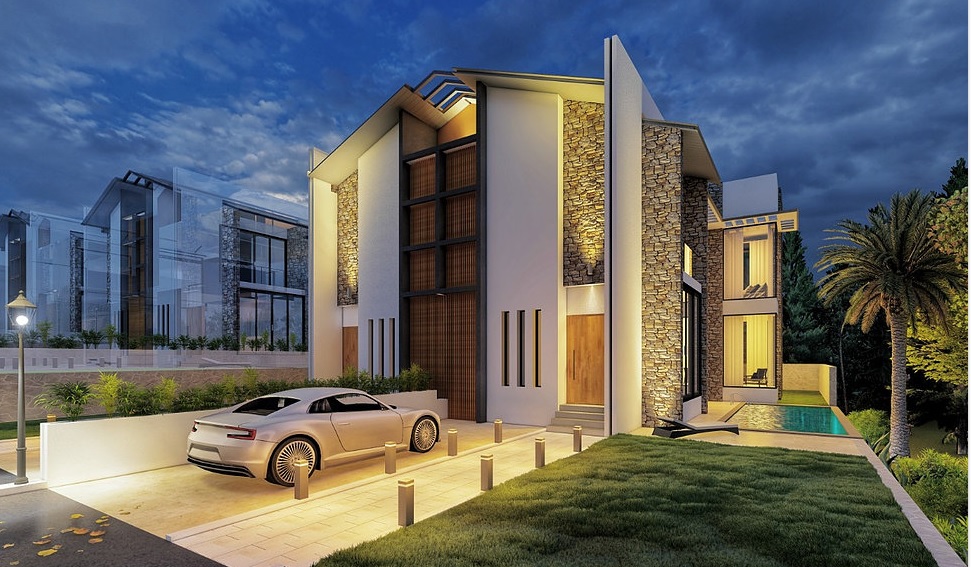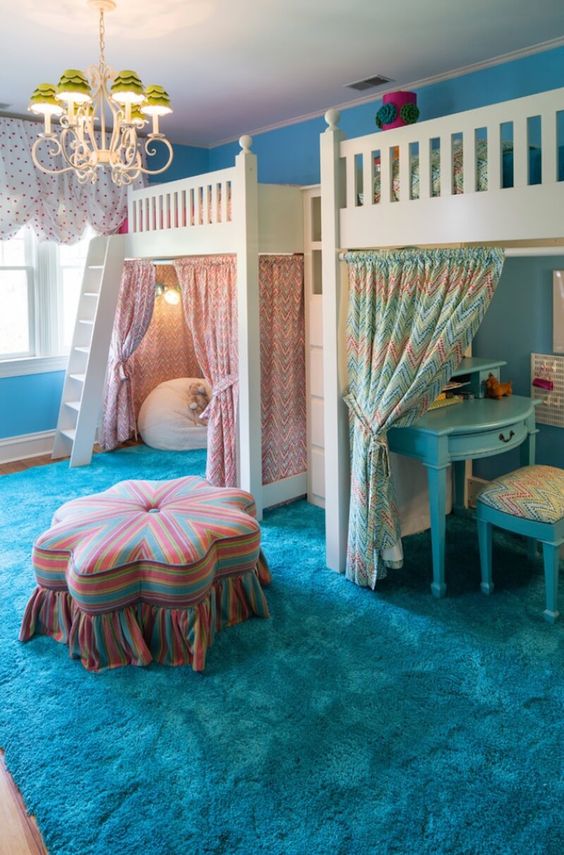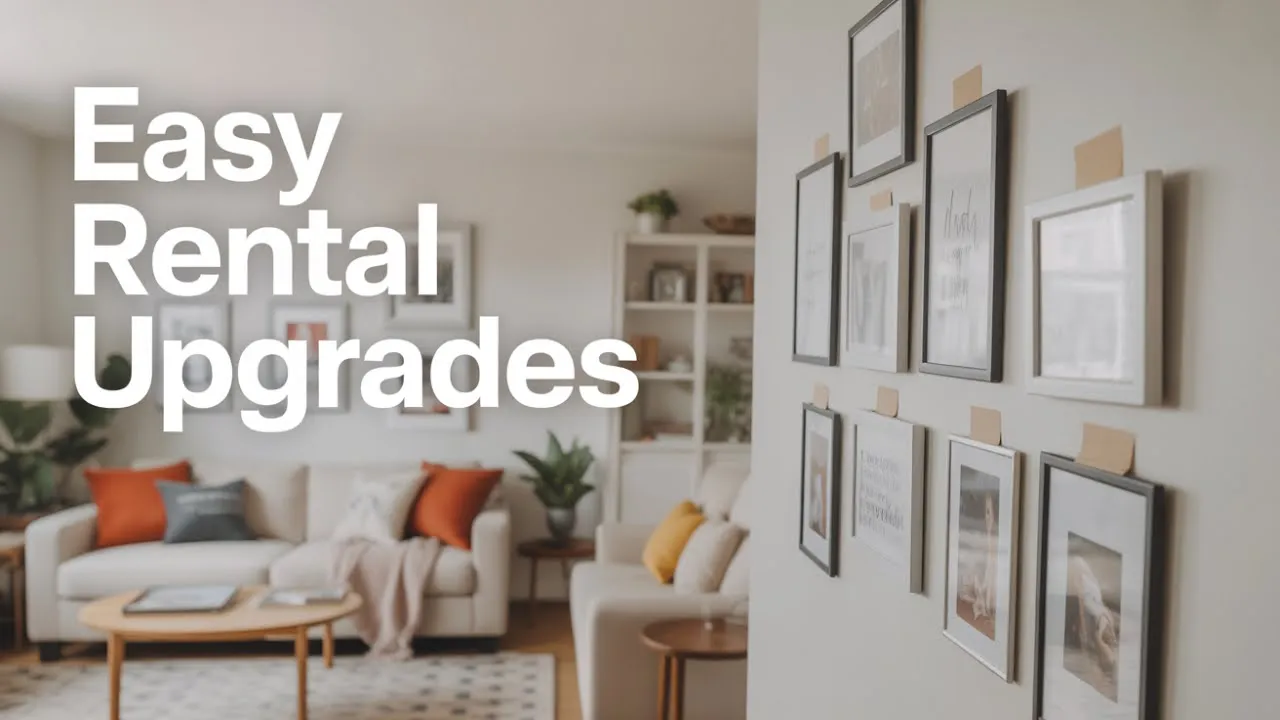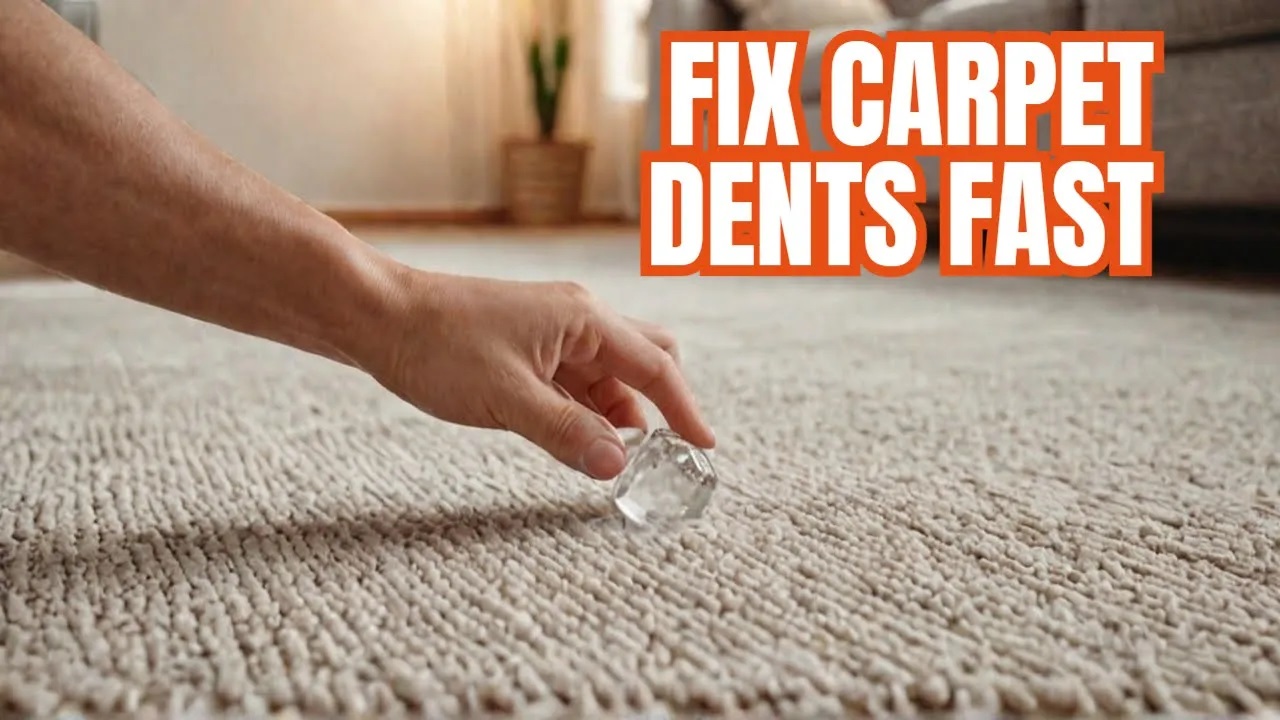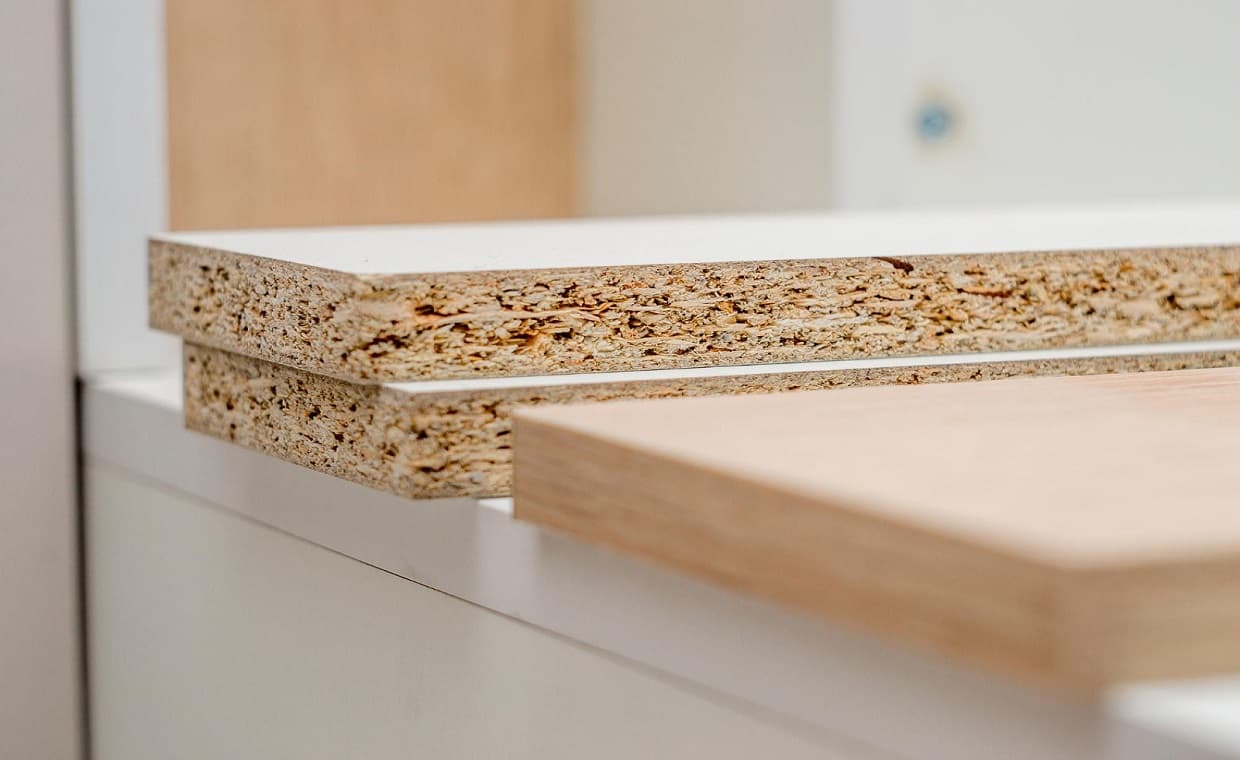
Table of Contents
Particle board properties are unique and not comparable to natural wood, although they often mimic wooden boards in appearance. Also called engineered wood, furniture made from particle boards are gaining popularity for their woody look and affordability.
But there is a catch! Since particle boards are artificially manufactured, not all particle boards are created equal. Their properties may differ based on factors such as density, thickness, manufacturing process, and the type of wood particles used. To make an informed decision when buying or using particle boards, it is crucial to understand these properties.
Different variants of particle boards are available on the market, and we utilise them for various purposes due to their differences in physical and mechanical properties.
Particle Boards have become a popular and affordable alternative to wood due to their strength particle board durability, and fuss-free maintenance. Their durability under recommended conditions is another reason behind their growing use. By analysing the physical and mechanical properties of particle boards, we can easily understand their advantages and disadvantages, behaviour and performances, etc. Let’s take a look here.
Physical Properties of Particle Boards
1. Density

Particle board density is higher than natural wood. However, when compared to Medium-Density Fiberboard (MDF), particle boards are lighter.
2. Light in Weight

Despite their density, particle boards are lightweight, making them transport-friendly and easy to handle.
3. Uniformity

The particle board’s reconstructed nature leads to uniform properties across the board, irrespective of its dimensions.
4. Machinability

Particle boards are machine-friendly. It is easy to cut into shape, and this property makes them suitable for several applications.
5. Moisture Resistance

Particle boards are not moisture resistant and may swell, warp, or fade when exposed to water or humidity. This is one of their major disadvantages.
6. Fire Resistance

Courtesy - kronospan.com
Some particle boards can be treated with fire retardants. These can be identified by a magenta colour visible in the cross-section.
7. Acoustic Insulation

All particle boards can be used for sound insulation, making them ideal for spaces such as sound recording studios.
Mechanical Properties of Particle Boards
1. Strength

Particle boards generally have lower strength compared to plywood or natural wood. Strength is an important consideration when choosing particle boards for specific projects.
2. Modulus of Rupture (MOR)

Courtesy - pub.mdpi-res.com
The MOR of particle board typically ranges from 16–22 MPa, which is lower than that of plywood. This indicates reduced load-bearing capacity, increased risk of cracking, limited outdoor use, and a shorter lifespan in heavy-duty applications.
3. Internal Bond

The internal bond strength of particle board depends on the type and quantity of glue or bonding material used during manufacturing.
4. Screw Withdrawal

The strength of screw fasteners in a particle board is influenced by its density and the size of the wood particle used.
The Benefits of Understanding Particle Board Properties
Knowledge of particle board properties is always useful for consumers or users. Let’s explore the benefits of knowing particle board properties here.
- Informed Buying Choices: Idea about particle board properties helps select the most suitable one for specific uses. It also minimises the risk of buying the wrong product, making a bad investment, and compromising a project’s durability.
- Improved Durability and Performance: Knowing how density, strength, and moisture resistance vary among particle boards helps in selecting the right board for challenging environments like high-humidity zones or high-traffic areas.
- Improved Cost-Effectiveness: Understanding particle board grades and properties can help avoid overspending on premium variants when they aren’t needed, aiding in budget control.
- Tailor-made Customisation: Being aware of the properties allows for easier and more precise cutting, shaping, and finishing, enabling better customization.
- Enhanced Safety: Fire-resistant variants of particle boards are safer for use in high-risk environments such as kitchens or construction sites. Knowing these properties helps in making safer choices.
- Eco-Friendly Choices: Awareness of particle board composition and use of recycled material supports sustainable construction and reduces the carbon footprint.
- Easier Maintenance: Selecting the right types of board provides the right maintenance solutions, which is a time-saving deal and a durable choice.
- Longer Lifespan: With the knowledge of particle board properties in detail, you can count on factors like particle board strength and durability benefits. The particle board’s longer lifespan can help you enjoy better resilience with the specific variant. It saves time, energy, and investment.
- Application Versatility: Knowing which type of particle board suits specific uses helps in selecting the right one. For example, single-layered particle boards are not paint-compatible, but three-layer boards are.
- Better Aesthetic Outcomes: Choosing boards with smoother surfaces enhances the finish and appearance of the final project.
Offering a balance of utility, affordability and aesthetic appeal, particle boards have emerged as a popular and economical alternative to natural wood. However, knowing their inherent properties can help you make informed, sustainable, and safer choices. With the right knowledge, you can ensure that the particle board you choose not only fits your budget and the project but also stands the test of time.
Read More: Particle Board vs Plywood: Make the Right Choice
FAQs on Particle Board Properties
1. Is particle board cheaper than Plywood?
Unquestionably yes. Particle boards are more inexpensive than plywood and other wooden boards. However, the choice of plywood may differ due to numerous factors like strength, sturdiness, material selection, etc.
2. Does the Particle Board Offer Water Resistance?
Yes, the particle board offers resistance to water, moisture, and dampness id treated and cared properly.
3. How Durable is Particle Board?
A Particle board cab balance between cost and utility. It offers strength and durability in indoor light-duty applications but may get affected in damp, moisture, or by indiscriminate usage.
4. What is the Maximum Thickness of Particle Boards?
The maximum thickness of low-density particle boards will be 50 mm. The thickness of an insulation particle board in mm will be as 50,45,40,35,30,27,25,22,19,16 and 12. The maximum thickness of insulation particle boards will be 50 mm. The maximum length of the insulation particle board is 3650 mm.
References
Xiaoqing Wang, Biao Ma, Shasha Chen, Kun Wei, Xingxiang Kang. (2021) Properties of epoxy-resin binders and feasibility of their application in pavement mixtures from Construction and Building Materials, Volume 295, 9 August 2021, 123531 [online]. Available from: https://www.sciencedirect.com/science/article/abs/pii/S0950061821012915 [Accessed on 3rd March 2025]



